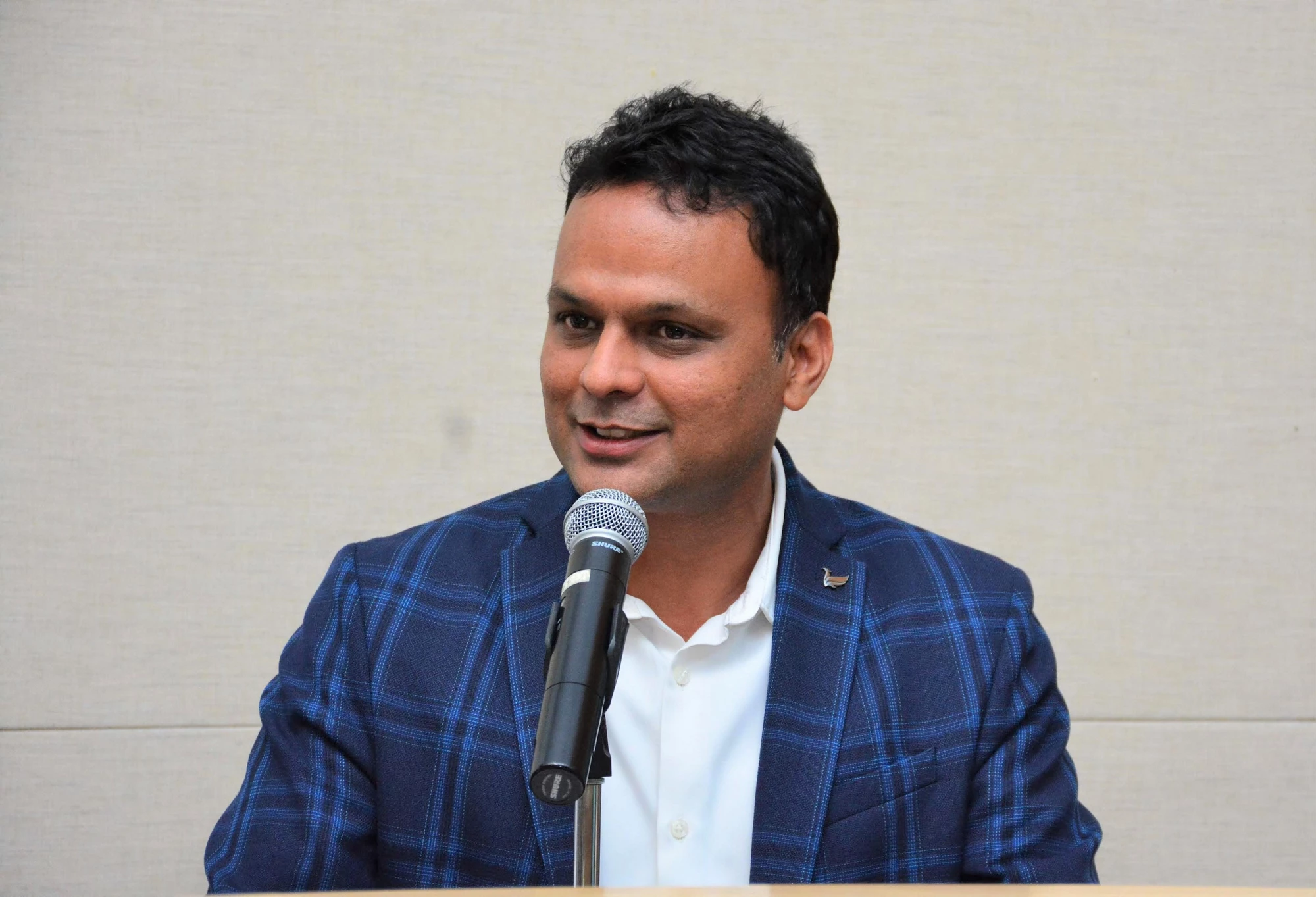
Solar energy is not just for the elite and wealthy. Today, with growing numbers of people taking power generation into their own hands, solar energy has become the world’s most democratic source of power - of the people, by the people, and for the people. However, the pathway to this goal requires a fundamental paradigm shift in the power sector – one in which more and more people take “power” generation into their own hands.
In the words of environmentalist and author Ross Gelbspan, “A common global project to rewire the world with clean energy could be the first step on a path to global peace and global democracy -- even in today's deeply troubled world.”
In Germany, solar rooftops have already set off a transformation. Home to more than 1.7 million citizen-owned solar power systems, Germany now accounts for almost one-fourth of the world's PV capacity. Armed with solar rooftops and smart battery storage, German households have turned into energy producers, are paying lower utility bills, and are fast approaching energy independence.
In California too, solar rooftops have taken center stage. The state is the first in the U.S. to require solar panels on almost all new homes. And as solar rooftop installations rise, domestic storage systems are simultaneously being developed to keep pace. Tesla's Powerwall, for example, enables users to store solar power generated during the day for use at night when the sun goes down.
As the world’s third-largest producer of conventional energy, India too is now rapidly expanding its capacity to generate solar power. The country has set itself an ambitious target of generating 100 GW of solar power by 2022. Today, solar power has emerged as the cheapest source of energy in India, at prices that are a fraction of grid power. In fact, India’s 100 GW solar target, of which 40 GW is to come from rooftop solar, will play a key role in providing 24 X 7 sustainable, affordable, and reliable electricity to 300 million people. Currently, however, only some 2 GW of this 40 GW target has been installed.
To boost India’s solar rooftop program, the World Bank has partnered with the Government of India to provide $648 million to place solar panels on rooftops across the country. The program has financed 600 MW in rooftop solar installations so far, of which 80 MW has already been installed.
As the world transitions to renewable energy, consumers are beginning to control and own this green energy. This electro-cracy - or electron democracy – is, in turn, heralding a new democratic and decentralized energy landscape that is capable of benefiting India’s billions.
By the people: By conservative estimates, India has approximately 250 million households. If we assume that a typical solar rooftop installation generates 4 Kw of power, India’s 40 GW target for solar rooftop could electrify 10 million households. An idealistic estimate, perhaps, but one which reveals the massive potential of rooftop solar.
For the people: Once solar rooftop energy emerges from millions of homes, conventional, grid-sourced energy systems will be completely remade. As rooftop solar power doesn’t rely on pipeline infrastructure or railroad connectivity, we can envisage a shift from a monopolistic situation where control rests with a utility, to one where consumers have the power to untether themselves from distribution companies (discoms). Free of the need for discom-implemented infrastructure, consumers can deal with energy as they would with any other commodity, and independently decide how much they’re willing to pay for it.
Of the people: With “power” moving into the hands of the people, India’s masses can become self-reliant in energy, and eventually, can profit by selling excess power to the grid using transparent data from technologies like smart meters and net metering. Their reduced reliance on discoms will also increase the reliability of power supply, as the ‘single point’ is replaced by supply from wherever the sun shines. Millions of households and businesses can then own a stake in their energy future and invest in better, complementary technologies, including storage and net metering.


Join the Conversation